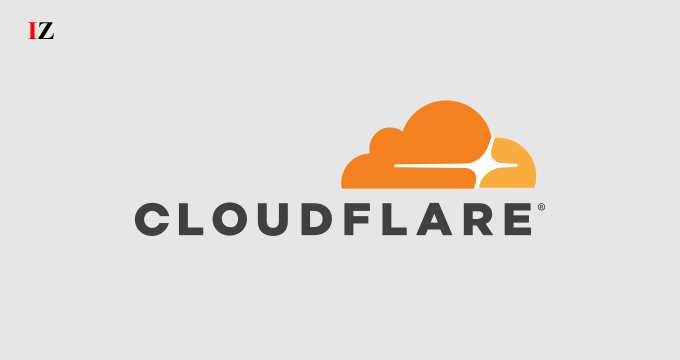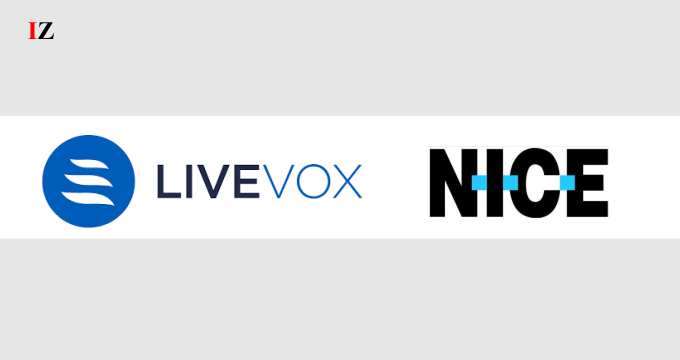Cloudflare, Inc., the leading connectivity cloud company, today announced that developers
can now build full-stack AI applications on Cloudflare’s network. Cloudflare’s developer
platform will provide the best end-to-end experience for developers building AI applications,
enabling fast and affordable inference without the need to manage infrastructure. As every
business, from start-ups to enterprises, looks to augment their services with artificial
intelligence, Cloudflare’s platform is empowering developers with the velocity to ship a
production-ready application quickly, with security, compliance, and speed built in.
Business leaders from Fortune 1000 companies looking to augment their services with AI, to
AI start-ups on a mission to build the next culture-defining application want to ship
production-scale AI-powered applications. Organizations are trying to move quickly to
realize value fast. However, they face challenges like rapidly ballooning and opaque costs to
deploy AI and ensuring customer data remains private and in compliance with regulations.
Developers are facing a slew of new vendors, requiring them to understand new tools quickly
and connect many complex, disparate services together. C-level business leaders are looking
to optimize costs amid expensive technology, tools, and staffing.
“Cloudflare has all the infrastructure developers need to build scalable AI-powered
applications and can now provide AI inference as close to the user as possible. We’re
investing to make it easy for every developer to have access to powerful, affordable tools to
build the future,” said Matthew Prince, CEO and co-founder, Cloudflare. “Workers AI will
empower developers to build production-ready AI experiences efficiently and affordably, and
in days, instead of what typically takes entire teams weeks or even months.”
“As enterprises look to maximize their operational velocity, more and more of them are
turning to artificial intelligence,” said Stephen O’Grady, Principal Analyst with Red Monk.
“But it’s critical to deliver a quality developer experience around AI, with abstractions to
simplify the interfaces and controls to monitor costs. This is precisely what Cloudflare has
optimized its Workers platform for.”
Cloudflare’s new vector database, Vectorize, enables developers to build full-stack AI
applications entirely on Cloudflare: from generating your embeddings with the built-in
models in Workers AI and indexing them in Vectorize, to querying them and storing source
data in R2. With Workers AI and Vectorize, developers no longer have to glue multiple
pieces together to empower their apps with AI and machine learning – they can do it all on
one platform.
Vectorize also benefits from Cloudflare’s global network, allowing vector queries to happen
closer to users, reducing latency and overall inference time. It also integrates with the wider
AI ecosystem, allowing developers to store embeddings generated with OpenAI and Cohere,
so that teams can bring embeddings they already have and still benefit from Vectorize when
it comes to scaling AI-apps to production.
Today, Workers AI is delivering a simple, affordable way for developers to run AI models on
Cloudflare’s global network. Through significant partnerships, Cloudflare will now provide
access to GPUs running on Cloudflare’s massive global network to ensure AI inference can
happen close to users for a low-latency end-user experience. When combined with our Data
Localization Suite to help control where data is inspected, Workers AI will also help
customers anticipate potential compliance and regulatory requirements that are likely to arise
as governments create policies around AI use. Cloudflare’s privacy-first approach to
application development can help companies keep their promises to their customers by
ensuring data used for inference is not used for training LLMs. Cloudflare currently supports
a model catalogue to help developers get started quickly, with use cases including LLM,
speech to text, image classification, sentiment analysis and more.




